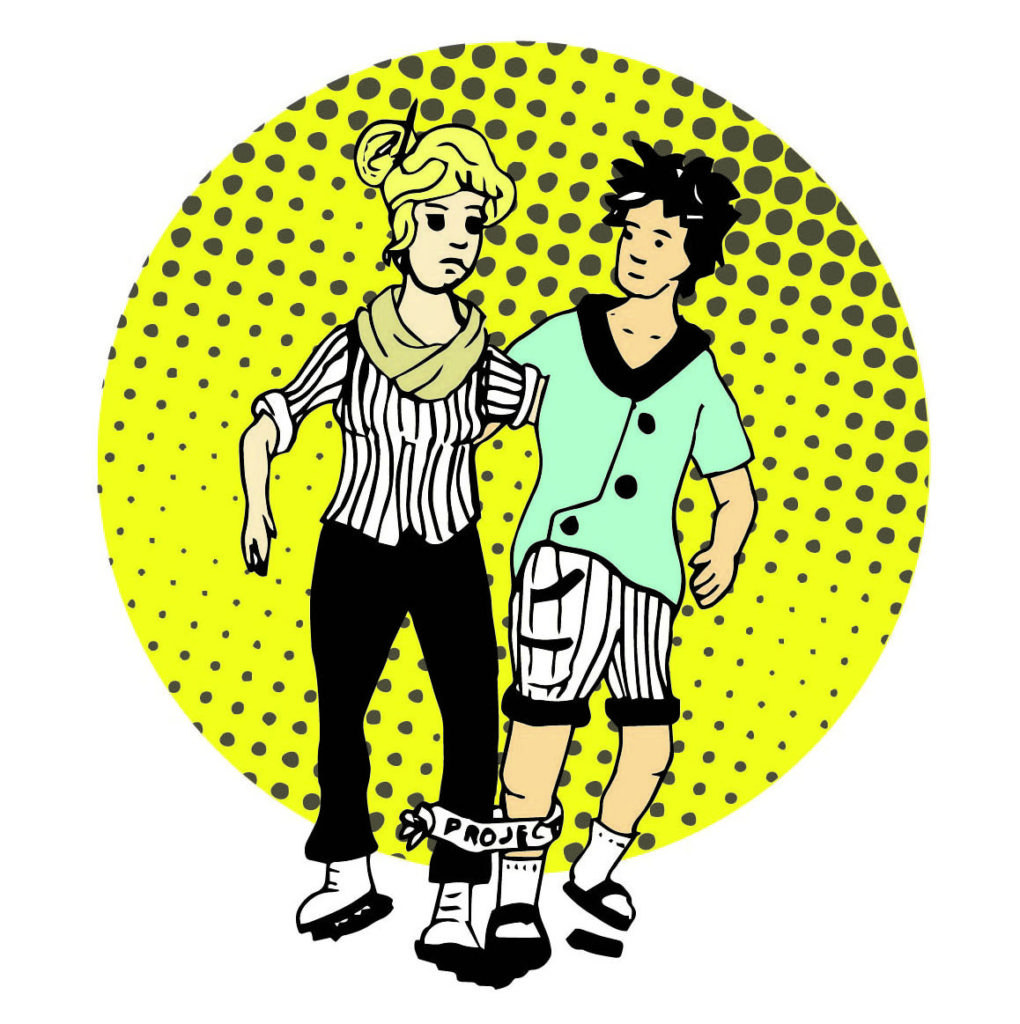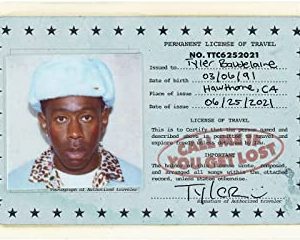How to Speak With Artists Part Two: A guide for writers who want to collaborate with artists

In the second part of this guide detailing how writers can coexist with artists and not cause World War III, or something equally as bad, you’ll find out how to work with artists on collaborative projects. From incorporating your poem into a visual piece, to working for an important client, here are 10 more things to consider if you plan on working alongside the visual types:
1. Find out what kind of worker you are
It’s important to consider what kind of group member you’re going to be. Reflect on any past experiences you’ve had in groups and start there to determine where you stand. This is important to consider because if you’re in a large group, you may do better as a team member than project manager and so on. Consider your individual skills and strengths. Think of your weaknesses. Consider taking Trace tests. If everyone in the group is assigned tasks that fit them best, things should go off without a hitch.
2. Establish a clear project goal
This is where you describe the vision for the project as clearly and succinctly as you can. Steer clear of being too vague, but if you just have an idea, at least be able to establish how you want the viewer to see your work, and what your overall vision for the project is.
3. Do your share
Try not to be that kid in high school who wouldn’t contribute anything to a group assignment and then take credit anyway. Collaborations and group projects usually have leaders and followers, if you’re a leader, delegate tasks wisely. If you’re a follower, make sure that you know exactly what you’re supposed to do.
4. Communication
Stay in touch, y’all. This should go without saying, but communication is vital to a project’s success. This will allow you to work together even when you’re not in the same room and stay up to date on the project’s progress. Talking on the phone and emailing back and forth are great, but I’d also recommend you try a service like GroupMe or Slack to really communicate. Not only can you chat on these, you can share files with ease. There are a variety of these services, so read about them, learn what they do and decide which one is best for your project.
5. Make a schedule
If you have a job or other arrangements that will take away chunks of time that you could’ve been using to work on your project regularly, make this known. Similar to how you would do when applying for some part-time job, consider writing out your schedule and days that are no-go’s on a piece of paper and distributing it amongst the group. Try and come up with a schedule for the project as well, i.e. when you want the initial work done, the revisions completed by, and when you want to be able to turn it in and wash your hands of it forever.
6. And stick to it
If you’re working with people on a project, especially one that involves a client, it’s extremely important to be on time with everything. People in your group will be relying on you. If you show up to deliver your piece of the final product with nothing, it’ll cause the entire project to collapse. Again, negotiate a schedule and carve out time where you can work on it. The team’s success depends on you.
7. Be open to change
It’s common knowledge that creative people don’t often want to compromise on their vision. Having an idea is like having a mind child. You nurture it, you envision a prosperous future for it and you love it even if it sucks because it is your own flesh and blood. Anyone who doesn’t appreciate your idea as much as you can therefore be conceived as a threat and hostile. This can destroy the group mentality and make working with others hard, unless they are fawning all over your idea’s baby photos as much as you are. Instead of viewing someone who critiques your idea as hostile, view them as trying to add rocket skates to your brain baby so it can fly.
8. Constructive criticism is important
Having been a writing student for almost five years now, I can tell you that the writing workshop environment is predicated on the idea of constructive criticism. It’s not enough to say, “Wow, this stinks.” In fact, this attitude will get you called out in a writing workshop. It’s mean and has no substance, there’s nothing in that statement a writer can draw from and apply to improving their work. If you have a criticism, you can pose it in a way that is constructive by complimenting something of the piece, gently rolling into what you think needs improvement and why, then provide a solution. For example, if I’m in a writing workshop and think that the writer’s entire first paragraph is extraneous and bad, instead of saying that, I’ll say that I think the second paragraph is a much better place to start because it’s a beautiful sentence and gets us right into the action. Take a similar approach when critiquing group members.
9. Don’t be afraid to criticize
In an effort to be a good group member and be as agreeable as possible, sometimes we find ourselves simply sitting back and nodding our heads with a smile on our face. If there is something that you find goes against the project vision or is wrong in some way, you should speak up. Do it in a constructive way and you shouldn’t lose a friend. If you do, well, that’s their problem.
10. Failure is part of it
If you’re a writer, you’ve surely run across the idea that 99 percent of what you write is going to be unusable. It’s true. You write through all of the garbage and dig around until you find the tiny little sliver of gold hiding under all the refuse. Similarly, you’re going to fail at a lot of things. Your group project may be one of them. The computer you store all your work on could burst into flames for all you know. Hope that absolute failure won’t happen and structure the effort in such a way as to minimize this potential, but don’t let it ruin you if it does. Accept it and try again.
Worked in a group of people before and have something to add? A story to share about a project coming together beautifully or completely falling apart? Let me know in the comments section down below.



























